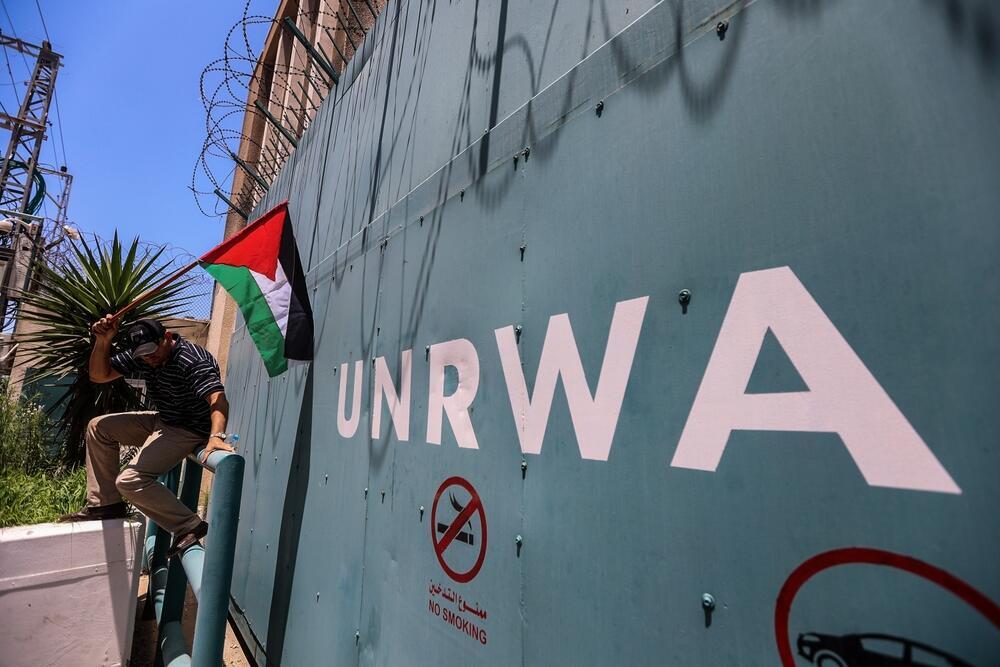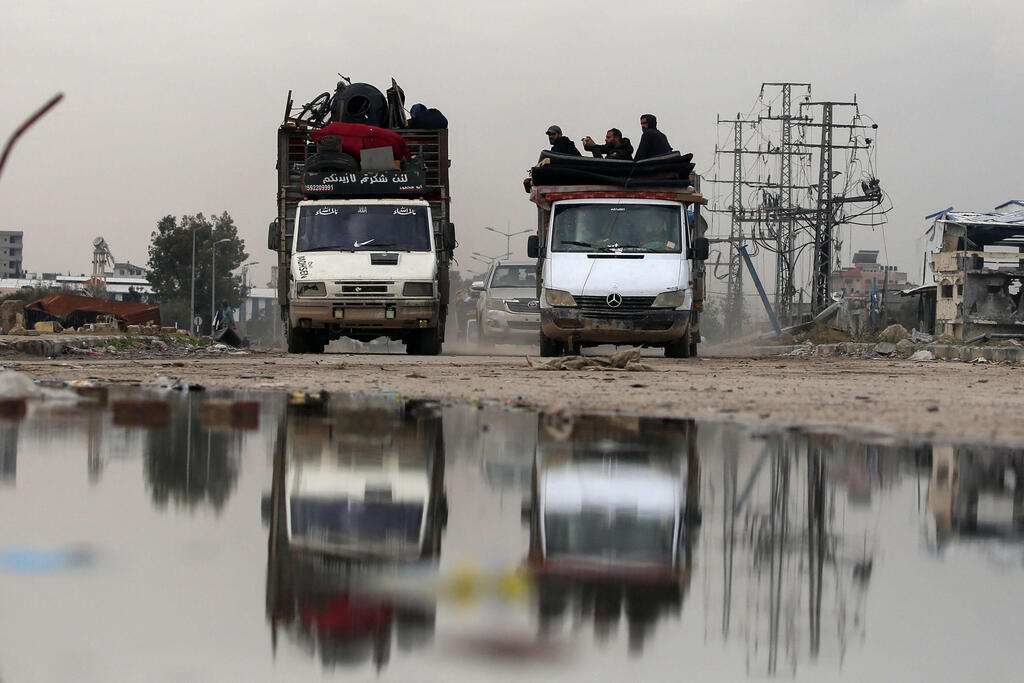The United Nations Relief and Works Agency for Palestine Refugees (UNRWA) operated for decades with Israel's support and encouragement, a senior UN official recently told me—and he was right. Qatar’s financial assistance to Hamas also reached Gaza with Israeli encouragement over many years. Similarly, Hezbollah expanded its military arsenal under Israel’s watchful eye since the end of the Second Lebanon War.
These policies aimed to maintain calm along the borders. We hoped Hezbollah’s rockets would rust away unused in warehouses, that UNRWA would help us—and the world—forget the Palestinian problem, and that economic prosperity in Gaza, supported by Qatari funds and the employment of nearly 20,000 Gazans in Israel, would guarantee years of peace.
These assumptions exploded in our faces on October 7. Hezbollah’s rockets did not rust. Children in UNRWA-run refugee camps were educated to hate Israel, perpetuating the Palestinian issue. Meanwhile, Gaza’s substantial Qatari aid was used by Hamas to build an advanced terror infrastructure, both above and below ground.
A history of failed agreements
Have we learned our lesson? I'm not certain. Many still hope for the Palestinian Authority's return to Gaza. Over the past two decades, multiple attempts were made to reconcile the rival Palestinian factions, Fatah and Hamas. Agreements were reached in Mecca in 2007, in Sanaa in 2008, in Cairo in 2011 and 2014, in Doha in 2012, again in Cairo in 2017, in Ramallah in 2020, and finally in Algeria in 2022.
All these agreements were a testament to ongoing failure—none materialized fully. The latest agreement was signed in China in 2024, known as the Beijing Declaration, marking the first time both sides agreed to transfer Gaza governance to the Palestinian Authority.
Hamas brought devastation and ruin to Gaza. The PA, considered more moderate, is now tasked with reconstruction. An Arab joint initiative is part of this latest Palestinian agreement, slightly increasing its chances for success—primarily because Israel itself lacks a clear plan for Gaza after the war.
Get the Ynetnews app on your smartphone: Google Play: https://bit.ly/4eJ37pE | Apple App Store: https://bit.ly/3ZL7iNv
Meanwhile, U.S. President Donald Trump’s proposal to relocate Palestinians from Gaza faces strong Arab opposition. Prime Minister Benjamin Netanyahu quickly adopted Trump’s idea, signaling he has no alternative vision for Gaza post-war.
In response, Arab nations have stepped into the vacuum left by Netanyahu, developing their own rehabilitation plans. Trump might not have convinced Saudi Arabia's Crown Prince Mohammed bin Salman to support his relocation idea, but there’s a possibility bin Salman could persuade Trump to back the Arab initiative. Riyadh is already hosting U.S.-Russia talks aimed at ending the war in Ukraine—an important strategic move deserving separate consideration.
A dangerous path forward
Despite its good intentions, the Arab plan poses serious risks if Hamas continues operating behind the scenes. Without fully disarming Hamas, the initiative would at best yield short-term quiet, at the cost of future bloodshed.
Hamas could become to the Palestinian Authority what Hezbollah became to Lebanon—first in Gaza, then in the West Bank. The temptation for Israel to accept superficial calm, as it once did with UNRWA, Hamas and Hezbollah, could lead the country into a familiar trap: temporary quiet in Act I, relative stability in Act II, but disaster by Act III.
 Ben Dror Yemini Photo: Yuval Chen
Ben Dror Yemini Photo: Yuval ChenEliminating Hamas is not merely rhetoric. Hamas embodies a destructive ideology that must be dismantled. Offers to lift all restrictions on Gaza in return for demilitarization are not new; they were repeatedly proposed by the international community and consistently rejected by Hamas.
After the devastation Hamas brought upon Gaza, these proposals have resurfaced. Yet, the question of a demilitarized Gaza remains central. While completely eradicating Hamas’ hateful ideology might be impossible, after the atrocities of October 7, achieving a demilitarized Gaza is essential.





